
China
13:13, 20-Sep-2017
Brush by brush: Anhui artisans guarding calligraphic treasures
Video by Zhou Yiqiu, article by John Goodrich
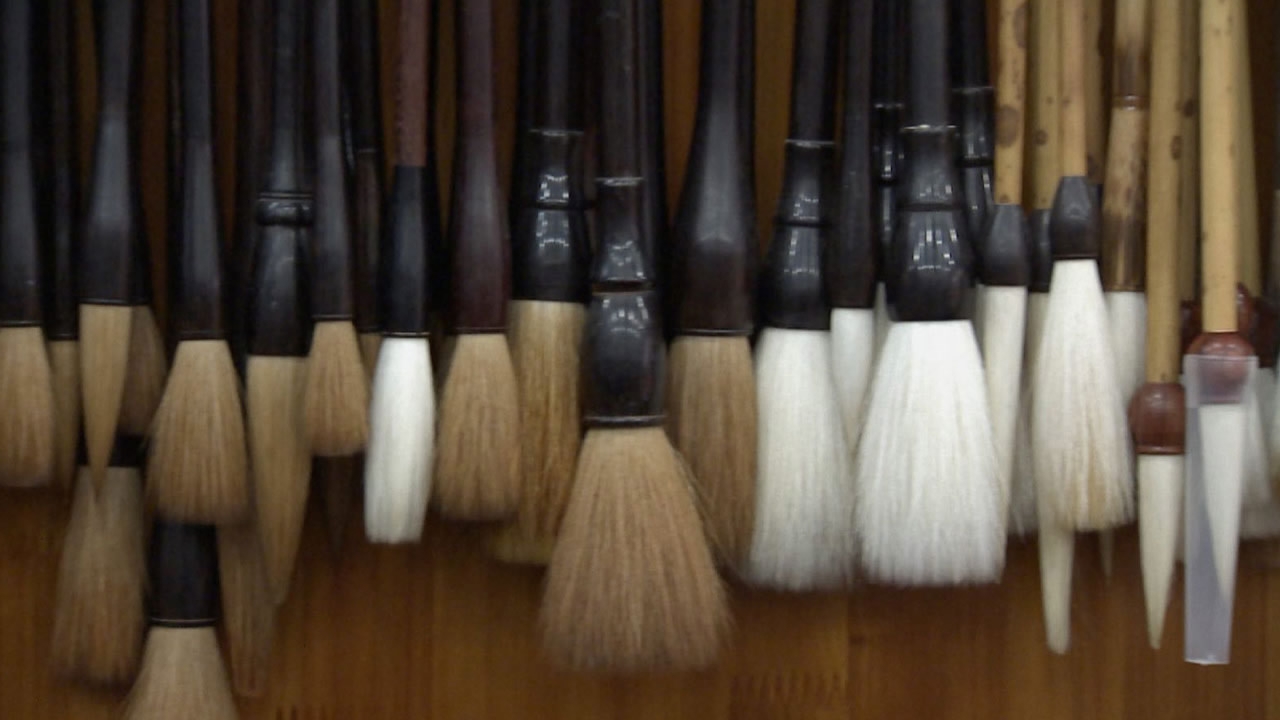
The ancient art of Chinese calligraphy lives on in an era when many have left ink behind – in part as a result of the dedication of craftsmen in Huangshan, east China's Anhui Province.
In small workshops dotted around Tunxi old town, artisans heat, scrape and chisel to manufacture three of the four treasures of study: ink, brush, and ink stone.
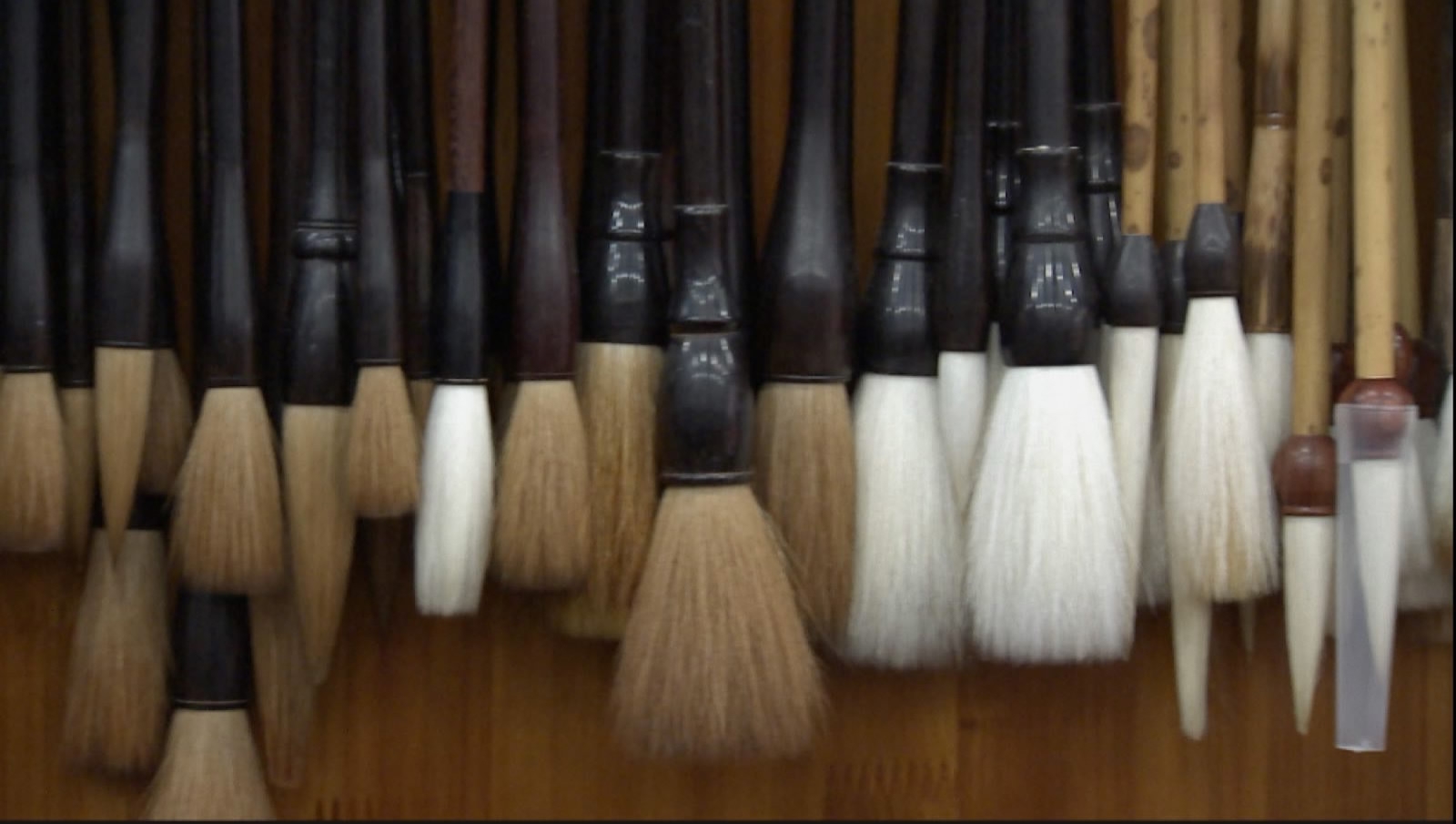
Brushes crafted in Huangshan. /CGTN Photo
Brushes crafted in Huangshan. /CGTN Photo
A warren of stone buildings houses workers, sweating in dank rooms with music blaring to create ink sticks. These small, dark tablets are then carried to an airy workshop where women inscribe them with precise, ornate strokes of a brush.
To the side, workers craft stones to grind and hold the ink. Once purely functional, these creations are really sculptures – works of art. They range from small to enormous; one weighs around 12,500 kilograms.
Weaving downwards towards a flowing waterway, onto an ancient street dating back to the Song Dynasty (960-1279).
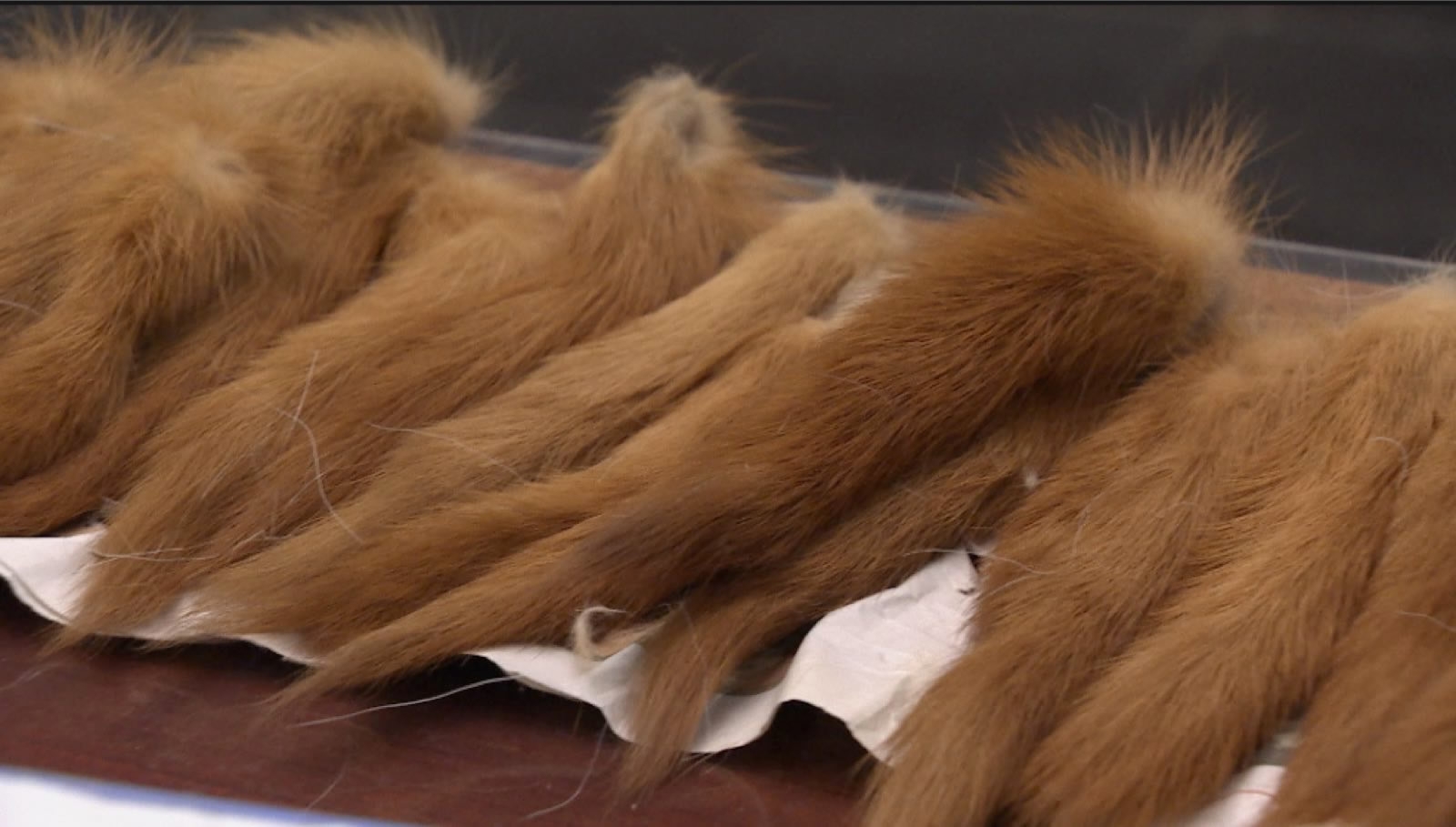
Animal tails are used to make the brush heads. /CGTN Photo
Animal tails are used to make the brush heads. /CGTN Photo
Yang Wen is inside his workshop, stooped over bundles of animal hair: smoothing it, scraping it, smoothing it, scraping it.
"I am the sixth generation in my family to make calligraphy brushes,” he tells CGTN Digital. “The Anhui calligraphy brush is a national intangible heritage."
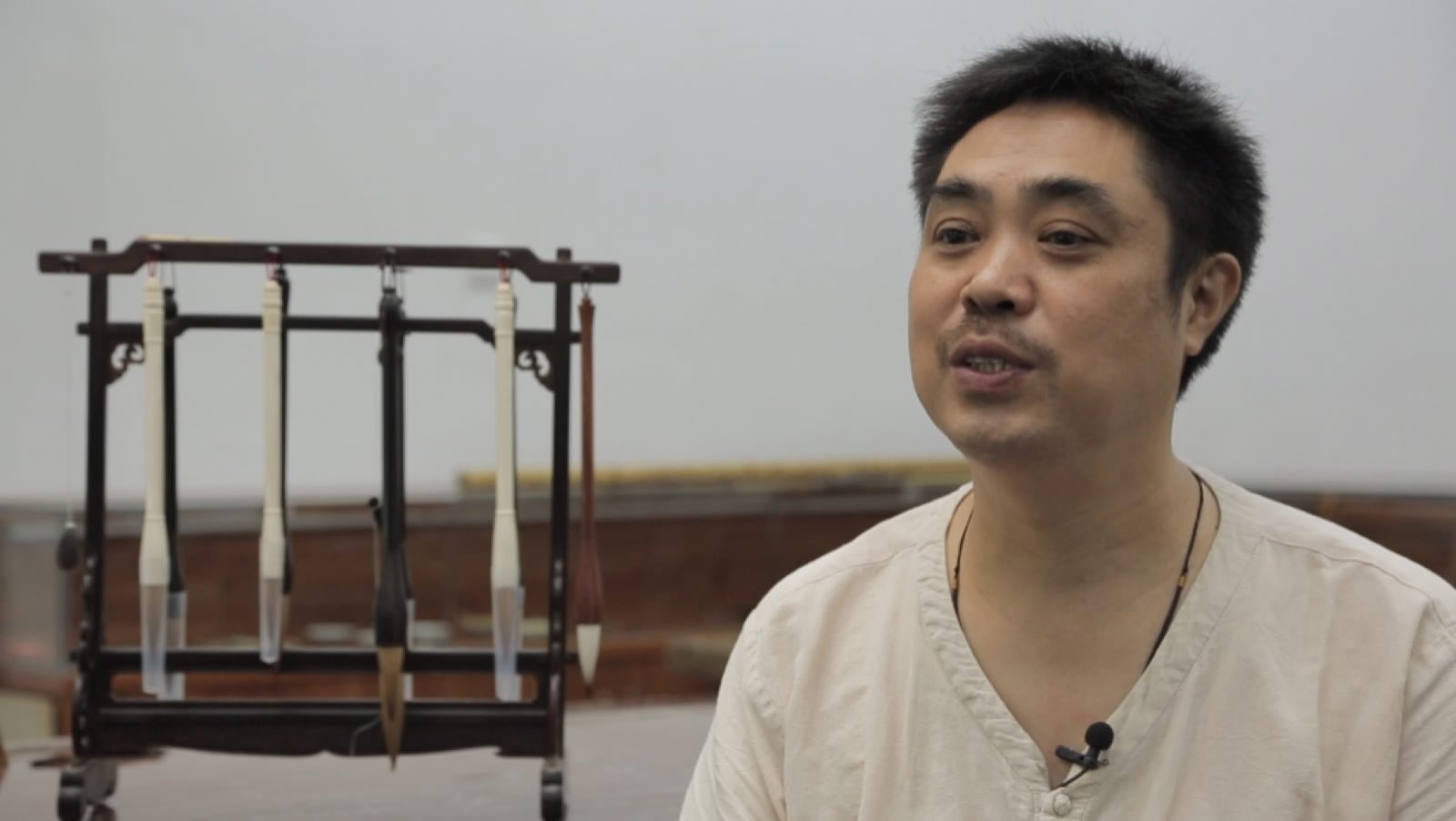
Yang Wen is the sixth generation in his family to make calligraphy brushes. /CGTN Photo
Yang Wen is the sixth generation in his family to make calligraphy brushes. /CGTN Photo
Yang edges along his workbench. He places a small bundle of hair in water, scratching a blade across it. Then he snips a millimeter away with scissors. And then repeats, over and over. This is the laborious process which, eventually, will yield a single brush head.
Maintaining this handmade approach isn’t only about honoring his family’s legacy. "I make brushes with my own ideas and thoughts," he explains.
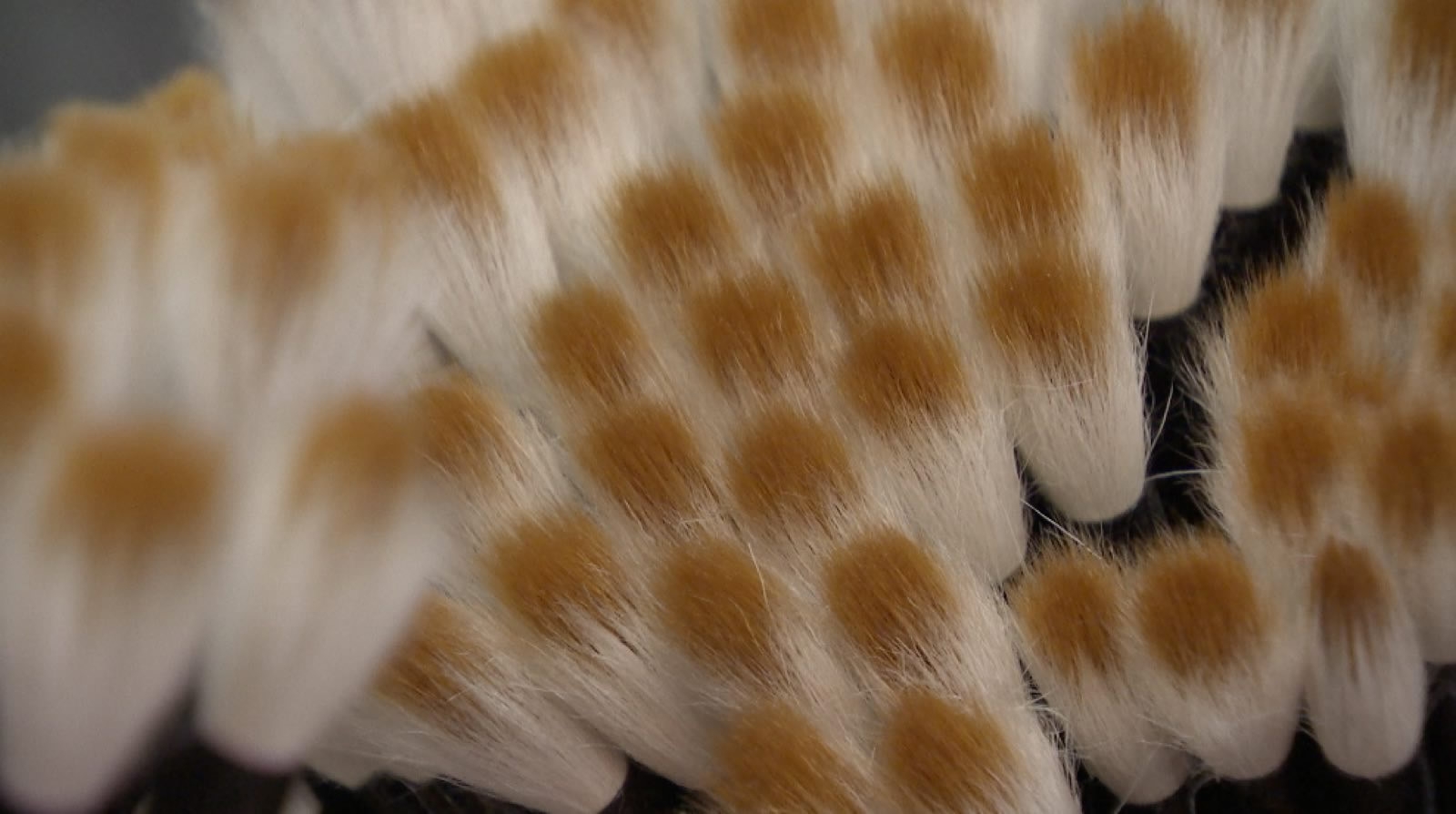
Brush heads crafted in Huangshan. /CGTN Photo
Brush heads crafted in Huangshan. /CGTN Photo
"Inheritance is fundamental for us. But if you want to develop and promote the tradition, you must inject innovation and new spirit into it."
The work is hard, but the effort is rewarding. Yang is one of the many craftsmen in Anhui keeping China’s traditions alive – and introducing the ancient treasures of study to a new generation.
1147km

SITEMAP
Copyright © 2018 CGTN. Beijing ICP prepared NO.16065310-3
Copyright © 2018 CGTN. Beijing ICP prepared NO.16065310-3